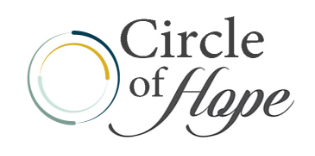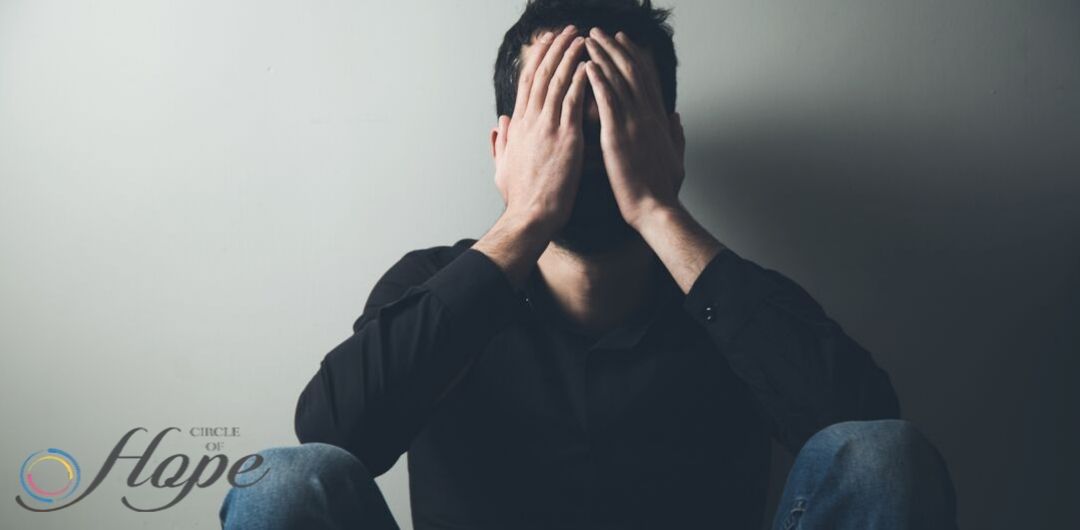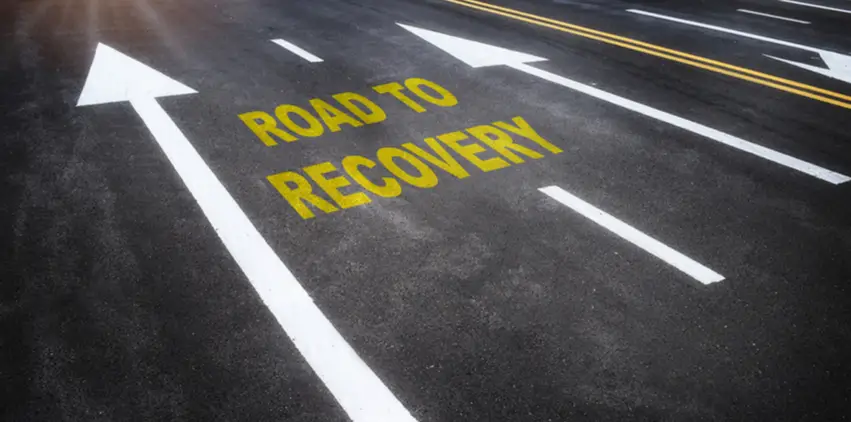When does using drugs and alcohol turn to a habit that you cannot break? To help keep an eye on your own usage, or that of a loved one, we’ve written ‘Stages of Addiction: Know When You’re on a Slippery Slope.’
For many people, it can be difficult to identify the warning signs of a substance use disorder. This is a reason only 10% of Americans suffering from addiction will get the treatment they need.
The disease creates unawareness or denial of the addiction taking place. Yet, there are many physical and mental signs that occur when going through the stages of addiction.
The risk of addiction gets determined by external factors and family genetics. Although, addiction can affect anyone and take control of your lifestyle. So it’s crucial to know the stages and symptoms that come with suffering from an addiction.
Read on to learn about how addiction develops and how to spot the warning signs, to know when to seek professional medical advice or treatment.
The 5 Stages of Addiction: Know When You’re on a Slippery Slope
Addiction is a process that both the body and mind goes through. It begins with someone trying the substance for the first time. To help your awareness, we’ve listed the Stages of Addiction: Know When You’re on a Slippery Slope guide as a brief reference. You may have experienced some of these signs, whether with signs of mental health decline, or even a visit to mental health services administration offices to ask about physical and psychological dependence. Or you may not even yet be aware of the problem, which when referring to substance use disorders is referred to as the “Pre-Contemplation” Stage.
This may be experimenting with drugs or alcohol in a social setting. Or following the doctor’s orders to take medication for a condition or to help with recovery.
The next stage involves a person continuing to use the substance. They develop a want or need for it and it starts to become part of their regular lifestyle.
This may turn into an everyday habit to help reduce stress or handle problems. Here you’ll start to notice changes in behaviors and physical state.
The Progression of Substance Use Disorders
As a substance use disorder progresses, the brain and body then begin to develop an increased tolerance for the substance. In this stage, there is a strong need to use more and in higher doses. As the body no longer gets the same effect that it used to when you first started using.
The body now depends on the drug or alcohol to function. A person may undergo physical symptoms of withdrawal when not using. There is also a loss of control, which causes some people to start to seek treatment options.
The final stage is an addiction to the substance. This is where the person is not able to stop using.
They may be aware of the negative effects of their addiction. Or they may be in a state of complete denial about drug abuse, drug addiction, and the disease that has taken over their life.
The Warning Signs of Addiction
As these five indicators of addiction progress, there are many signs to be on the lookout for. These mental and physical symptoms happen as the disease takes over the mind and body. Being more aware of the warning signs can help stop addiction from occurring.
Displaying Uncharacteristic Emotions
Substance abuse often leads to a change in your emotions. As the disease takes hold, it can bring about irritability and aggression. There is also an increased risk of depression and anxiety.
The levels of addiction can also cause changes in the brain’s chemical production. It can affect hormone production for dopamine, serotonin, and cortisol levels. This interferes with their mental health, leaving them feeling sad, angry, or anxious.
Acting Out or Exhibiting Compulsive Behaviors
As addiction develops, many people start to show unusual and out-of-character behaviors. This is due to the compulsive nature that comes from drug cravings. They may act on impulse and put themselves in dangerous situations.
Stages of Addiction: Know When You’re on a Slippery Slope
This includes an increase in risky behaviors like driving under the influence or having unprotected sex. The person may also start experimenting with other harsher drugs.
Teens with substance abuse problems may show a loss of interest in usual activities. They may spend most of their free-time partying and searching for their next fix.
Other telltale signs can be less obvious, such as missing work or even recreational activities that used to be enjoyed on a regular basis. It can often seem as though the person with a substance use disorder is constantly battling a low-grade illness of some point, with allergies or chronic illness cited by those in active substance use disorders as the reason for changes in behavior.
Changes in Physical Appearance and Wellbeing
A person battling a substance use disorder will often display physical signs. These signs often have a negative effect on their health. Here are a few changes in physical appearance to be on the lookout for:
- Bloodshot, watery, or blurry eyes
- Shaking or tremors
- Dry mouth
- Changes in weight and appetite
- Fatigue
- Coughing or runny nose
- Unhealthy hair, skin, and nails
- Frequent hangovers
They may also show signs of withdrawal symptoms, which can resemble the flu. Addiction can bring about fatigue and insomnia. Many people also experience blackouts and fogginess.
There are also mental health risks, like memory impairment. Alcohol abuse can double your risk of these problems.
Decreased Motivation and Less Interest in Activities
Suffering from substance abuse will interfere with a person’s career or schooling. They may have trouble keeping a job or show a decline in performance.
This is due to changes in their ability to focus. They have issues concentrating and less interest in setting and meeting goals. There is also lower motivation and productivity levels.
Teens often show a loss of interest in school and extracurricular activities. They may let their grades slip and start cutting class.
There may also be financial problems in a person’s life. This includes spending money on drugs and alcohol rather than bills and groceries.
Reoccurring Problems in Relationships
The stages of addiction will often transfer over into a person’s relationships. This includes their friends, family, and significant others.
An addicted person will communicate less and may isolate themselves. This happens out of fear of people finding out or trying to get them to stop using.
The user may begin to hang out with a different crowd of people, who are also abusing substances. They may exhibit dishonest behaviors, like lying and making excuses for using. This can cause arguments and an increase in fighting in the household.
Those battling addiction may also enter into toxic relationships. These can bring about violence and increased use of drugs and alcohol as a coping mechanism. Addiction will often damage relationships with loved ones until the abuser seeks treatment.
Increased Health Risks
With addiction comes an increased tolerance for the substance. As your body craves more, you will start using more at higher doses.
This puts you at an increased risk of dangerous health concerns. This includes kidney, liver, and heart failure. This is how the phases of addiction can turn deadly.
Other elements of increased risk come from the method of drug administration, as well as the activities that go along with rituals of use. For those whose substance misuse has progressed to intravenous administration, the possibility of transmissible disease, infections, and other health concerns rises dramatically.
Even the environment in which someone with an escalating substance use disorder places themselves can become a threat, with an increasing amount of interactions based on acquiring substances and consuming them, with little regard to setting and physical safety.
The Stages of Addiction: Stopping the Spiral
Recognizing the stages of addiction can help stop it in its tracks. These changes in a person’s mental and physical state show they could be suffering from drug or alcohol addiction. Noticing the red flags of addiction is a sign that someone may need treatment.
No matter how the addiction has progressed, it is possible for you or a loved one to get the help you need. Learn more about treatment options for battling addiction and beginning the road to recovery, and contact us at Circle of Hope now if you or a loved one needs help in achieving lasting, rewarding sobriety.



